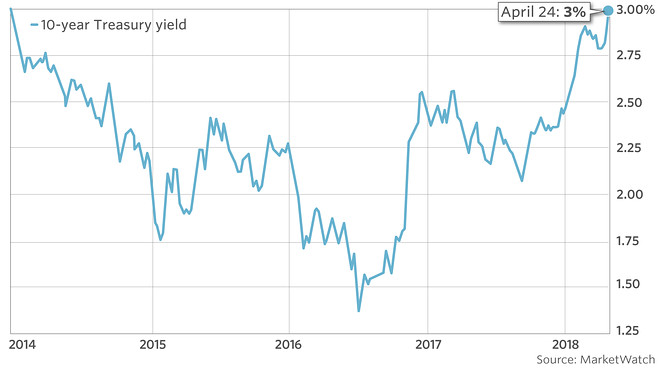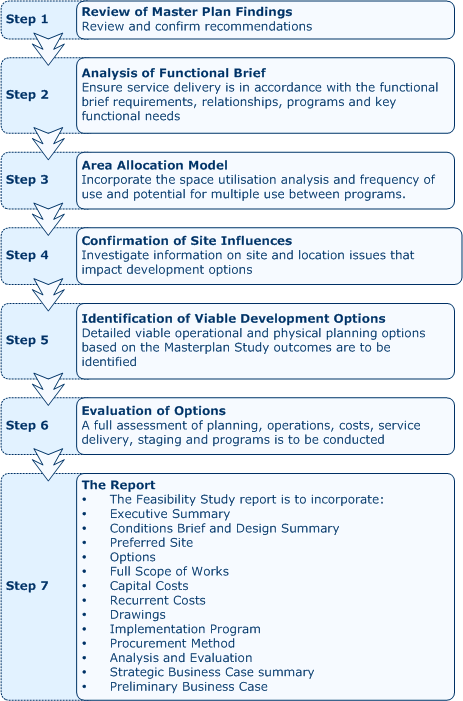Contents
Our mission is to provide an online platform to help students to discuss anything and everything about Economics. This website includes study notes, research papers, essays, articles and other allied information submitted by visitors like YOU. ‘This consists of such institutions as the Deposit Insurance Corporation , the Agricultural Refinance and Development Corporation , IFCI, SFCs, IDBI, UTI , etc. The RBI has the authority to enter into foreign exchange transactions both on its own account and on behalf of the Government.

Check out our range of RBI Grade B preparation courses for an enhanced learning experience. Should you have any queries, you can get in touch with our course counselors to seek assistance. This is an extremely topic to prepare for because not only is it the exam conducting body for RBI Grade B Exam but also your potential employer. Hence, a thorough knowledge of the structure and functions of RBI will help you in understanding it better. Further, over the years, questions from the RBI functions, structure, or the latest announcements/ notifications/guidelines that RBI announces are asked in the exam.
Keeping a keen eye over the conduct of banking operations and solvency of the banks along with maintaining the overall financial stability through various policy measures. It refers to the minimum amount of funds in cash that a commercial bank has to maintain with the Reserve Bank of India, in the form of deposits. An increase in this ratio will eventually lead to considerable decrease in the money supply. On the contrary, a fall in CRR will lead to an increase in the money supply. To achieve this, the RBI uses all types of credit control instruments, quantitative, qualitative and selective. The most extensively used credit instrument of the RBI is the bank rate.
The Monetary Policy Committee is entrusted with the task of fixing the benchmark policy interest rate for inflation targeting. Thus, it is clear that RBI is not a typical Central Bank as is traditionally understood. It regulates not only currency and credit but aids the development of the Indian economy by conducting various types of promotional activities. As such, in RBI we see many activities combined into one.
The main objective of changing this cash reserve ratio by the RBI is to control credit. SLR is concerned with maintaining the minimum percentage of assets in the form of non-cash with itself. The flow of credit is reduced by increasing this liquidity ratio and vice-versa. As SLR rises the banks will be restricted to pump money in the economy, thereby contributing towards a decrease in money supply. The reverse case happens if there is a fall in SLR, it increases the money supply in the economy.Currently, SLR is 19.5%.
What are the main functions of Reserve Bank of India?
It was established on April 1, 1935, under the Reserve Bank of India Act, 1934. In the beginning, the headquarters of RBI was established in Calcutta. However, soon after, in 1937, it was permanently shifted to Mumbai. Apart from these traditional function, the RBI performs various activities of promotional and developmental nature. For instance, RBI has helped a lot in building the huge financial infrastructure that we see now. The RBI controls the total supply of money and bank credit to sub serve the country’s interest.
The administration nationalised commercial banks and established, based on the Banking Companies Act, 1949 , a central bank regulation as part of the RBI. Furthermore, the central bank was ordered to support economic plan with loans . The national https://1investing.in/ economy contracted in July 1991 as the Indian rupee was devalued. New guidelines were published in 1993 to establish a private banking sector. This turning point was meant to reinforce the market and was often called neo- liberal.
RBI regulates the interest rate on NRI deposits, export credits , and a few other categories. However, the interest rate on most of the categories of deposit and lending have been deregulated so the banks are responsible for determining such rates. Priority sector guidelines don’t provide a preferential interest rate for loans to the sector.
RBI was set up on the recommendations of the Hilton Young Commission. The RBI Act of 1934 provides the statutory basis of the functions of a bank. On 1st April 1935, RBI commenced its operations as a private shareholders’ bank. RBI is the most important constituent of the money market. One of the essential central banking functions performed by the Bank is that of maintaining the external value of rupee. The external stability of the currency is closely related to its internal stability the inherent economic strength of the country and the way it conducts its economic and monetary affairs.
Report Structure – Assignment 1( .docx
The affairs of RBI are governed by a central board of directors. If you’ve any difficulty in preparing for these topics, you can consider joining our detailed course on RBI Grade B Mains. We’re providing online classes, mock tests, and doubt-solving sessions to help you achieve your dreams.
RBI uses quantitative and qualitative methods to control and regulate the flow of money in the market. These are implemented by announcing monetary policies at regular intervals. The monetary policy involves the management of interest rates and money supply. The central bank of India tweaks the money supply to achieve objectives such as liquidity, inflation, and consumption. 3.operate the currency and credit system in the best interests of the country. The Central Office of the RBI was established in Calcutta but was moved to Bombay in 1937.
- The reverse happens in case of a decrease in the bank rate.
- Sale of Securities by Central Bank reduces the reserves of Commercial banks.
- That means RBI comes to rescue the banks that are solvent but have not gone bankrupt.
- Own and operate the depository and exchange for government bonds.
- These bankers just do not come within the scope of the Reserve Bank.
It carries out exchange remittances and other banking operations. RBI has also failed as a Bank of the bankers, its lack of assistance to the Commercial Banks cause their closure. Between 1939 to functions of rbi class 12 1946 nearly 444 Banks failed in the country. Most of the banking activity is concentrated in urban areas. People in small villages and sub-urban areas still deprived of the banking facility.
Key functions of RBI are, banker’s bank, the custodian of foreign reserve, controller of credit and to manage printing and supply of currency notes in the country. The rate at which central bank provides loan to commercial banks is called bank rate. This instrument is a key at the hands of RBI to control the money supply in long term lending. It is entrusted with the responsibility of regulating the money market.
As per RBI’s regulation, Banks needed to maintain certain reserves in the form of CRR and SLR. Such research undertaken by RBI focuses on issues and problems arising at the national and international levels, having a critical impact on the Indian economy. RBI acts as an advisor to the government when called upon to do so on financial and banking-related matters.
Main Role and Functions of RBI
She has taken proper care and shown utmost sincerity in the completion of this project on central bank and its functions in india.. I certify that this project is up to my expectations and as per guidelines issued by CBSE. The RBI has functioned as the central authority in the Indian money market. It has supervised and controlled Commercial Banks, Cooperative Banks and Non-banking Financing Companies accepting deposits from the Public. Sale of Securities by Central Bank reduces the reserves of Commercial banks. It adversely affects the bank’s ability to create credit and therefore decreases the money supply in the economy.
A project on central bank and its functions should be informative for children studying in 11 and 12 class. As bankers’ bank, the RBI holds a part of the cash reserves of commercial banks and lends them funds for short periods. All banks are required to maintain a certain percentage of their total liabilities.

According to the current trends, as many as 16% of the total questions from the Finance section are asked from RBI and monetary policy. Read it at length, as it is important for both Prelims and the Main exam. Prior to 1956, the principle of note issue of the RBI was based on proportional reserve system. This system was replaced by the minimum reserve system in 1956 under which the RBI was required to hold at least Rs. 115 crores worth of gold as backing against the currency issued.
Looking for Class 12 Tuition Classes?
The RBI collects, collates and publishes all monetary and banking data regularly in its weekly statements in the RBI Bulletin and in the Report on Currency and Finance . The official external reserves of the country consist of monetary gold and foreign assets of the Reserve Bank, besides SDR holdings. The Reserve Bank, as the custodian of the country’s foreign ex- change reserves, is vested with the duty of managing the investment and utilisation of the reserves in the , most advantageous manger. Domestic, fiscal and monetary policies have, therefore, an important role in maintaining the external value of the currency. Reserve Bank of India has a very important role to play in this area.
Commercial banks are required to maintain the cash reserves at a rate decided by the RBI in its monetary policy. This newly constituted dept. will separate the activities of debt management and monetary operations in the future. This department will also perform the duties of developing and monitoring the instruments of the money market and also monitoring the government securities and foreign money markets.
So now, the RBI is responsible to oversee the foreign exchange market in India. RBI supervises and regulates the Foreign Exchange Market through the provision of the FEMA Act 1999. The Reserve Bank”s affairs are governed by a central board of directors. The board is appointed by the Government of India for a period of four years, under the Reserve Bank of India Act.

